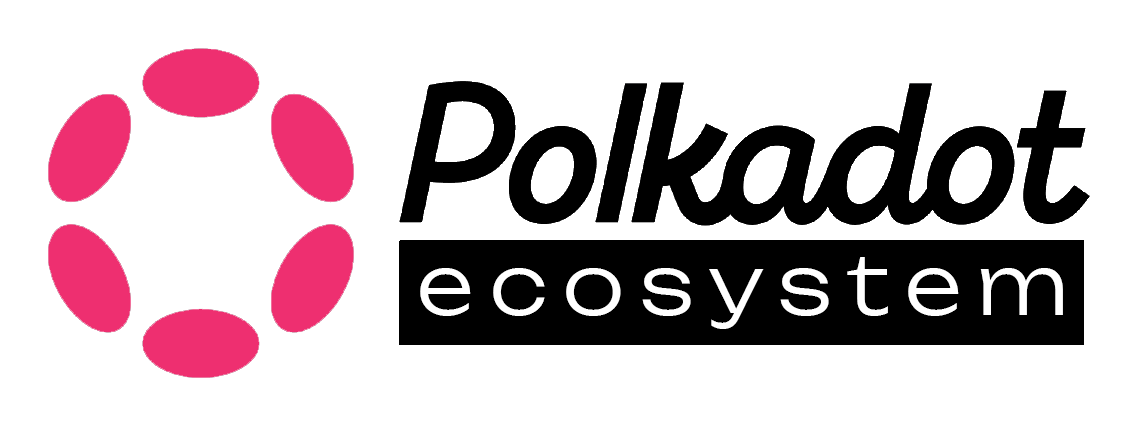HoudiniSwap is a privacy-focused solution designed to obscure transactional trails across multiple blockchain networks. By leveraging the privacy features of Monero (XMR), HoudiniSwap offers users a mechanism to transfer assets between blockchains without revealing the connection between sender and recipient. This service has attracted significant attention, particularly within ecosystems like Polkadot, where privacy, user sovereignty, and interoperability are foundational principles.
What Is HoudiniSwap?
HoudiniSwap is a cross-chain privacy protocol that enables users to send cryptocurrencies anonymously by routing funds through Monero. Unlike traditional crypto mixers or tumblers, which often raise regulatory concerns due to their centralization, HoudiniSwap relies on the native privacy features of Monero to obfuscate transaction origins and destinations.
The platform supports a wide array of cryptocurrencies, including major assets such as Bitcoin (BTC), Ethereum (ETH), and Polkadot’s native token, DOT. The process typically involves three stages:
- Swap from the source token into Monero
- Send Monero to a new address using its private-by-default protocol
- Swap Monero back into the desired token on a different blockchain
By using Monero as a privacy rail, HoudiniSwap ensures that the path between the initial wallet and the destination address remains unlinkable and untraceable on public blockchains.
Use Cases for Polkadot and Kusama Users
HoudiniSwap integrates support for both DOT and KSM (Kusama), allowing users to move assets in and out of the network without revealing identifying details on public ledgers.
This privacy function is particularly relevant for users who operate within:
- DeFi protocols on Moonbeam or HydraDX
- Privacy-oriented parachains such as Phala Network
- Decentralized governance or treasury mechanisms requiring anonymized funding
By enabling anonymous transfers of DOT or KSM, HoudiniSwap enhances transactional discretion for developers, investors, and users who prioritize privacy in their blockchain interactions.
How It Works
From a technical standpoint, HoudiniSwap acts as a meta-layer service. Users initiate a swap on the HoudiniSwap platform by selecting a source token and a target token. The system then guides the user through the process of sending funds to a HoudiniSwap address. Once received, these assets are converted into Monero, transferred via Monero’s private transaction mechanism, and finally swapped into the desired output token.
Importantly, users do not need to hold Monero directly. HoudiniSwap handles the full conversion process, allowing seamless interaction even for users unfamiliar with the Monero ecosystem.
Regulatory Considerations
While privacy is a fundamental right in many contexts, services that enhance anonymity often attract scrutiny. HoudiniSwap operates as a non-custodial platform, meaning it does not hold user funds at any time. However, its privacy-centric design places it in a gray area within jurisdictions that prioritize traceability and anti-money laundering compliance.
Projects in the Polkadot ecosystem that consider integrating HoudiniSwap or similar tools should weigh these regulatory dynamics carefully, particularly if they engage with institutional actors or regulated environments.
The Growing Importance of Cross-Chain Privacy
As blockchain technology matures, the need for cross-chain privacy is becoming more pressing. With users interacting across dozens of networks, maintaining transactional anonymity is no longer a fringe concern but a mainstream requirement for financial confidentiality and personal security.
In this context, HoudiniSwap represents an important evolution in the toolset available to crypto users. It fills a privacy gap for networks like Polkadot, where native support for shielded transactions is still under development.
Conclusion
HoudiniSwap positions itself at the intersection of blockchain interoperability and transactional privacy. By routing cross-chain swaps through Monero, it allows users to maintain full control over their financial data. For participants in the Polkadot ecosystem, HoudiniSwap provides a powerful, though controversial, mechanism to bridge assets in a discreet and privacy-preserving manner.
As adoption of Polkadot and Kusama expands, and as privacy-preserving technologies gain wider acceptance, services like HoudiniSwap may play a key role in shaping the next phase of decentralized finance and Web3 user experience.


